-
Posts
13 -
Joined
-
Last visited
Content Type
Profiles
Forums
Articles
Gallery
Downloads
Events
Posts posted by John Becker
-
-
Hey guys, I'm pretty sure this is wrought iron, but I thought I should ask for your opinions too.
First, it came off old wagon (I think) wheels that my parents found mostly buried out behind the shop. So then I did a break test:
The grain seems right to me, but I've never had wrought before so I'm not super sure.
Thanks guys!
-
Bebeaux, I didn't think of that as a way to check if it was ferrous; yes a magnet does stick. But not working it is kinda what I was thinking, just wanted to double check. Thanks guys!
-
First off, correct me if I'm wrong, but this seemed like the best place to post this question.
The other day I found a bunch of these rods in my basement:
To me they feel like steel, they weigh the correct amount and my hacksaw cut it similarly to steel, but they look like they're coated in bronze or brass. My question is this: are these safe to stick in the fire? I'm concerned about there potentially being some zinc or other dangerous metals in the coating.
-
8 minutes ago, ThomasPowers said:
you might even consider cutting some shapes on one side for swage block use.
Great idea! However I think I'll wait till I have a specific swage shape that I need to have. I think I'll try vertical and see how it feels. And thanks for putting up with my ignorance and helping me learn.
-
Well, I did what you guys suggested, and I started down at the scrap yard. Found this guy (there was like 10' of it, but I had the guy cut me 18") in about 15 minutes. I got it at 40 cents a lb, 140 lbs. This ended up way easier that I was expecting it to be (besides the digging through piles of snow at 2 degrees part).
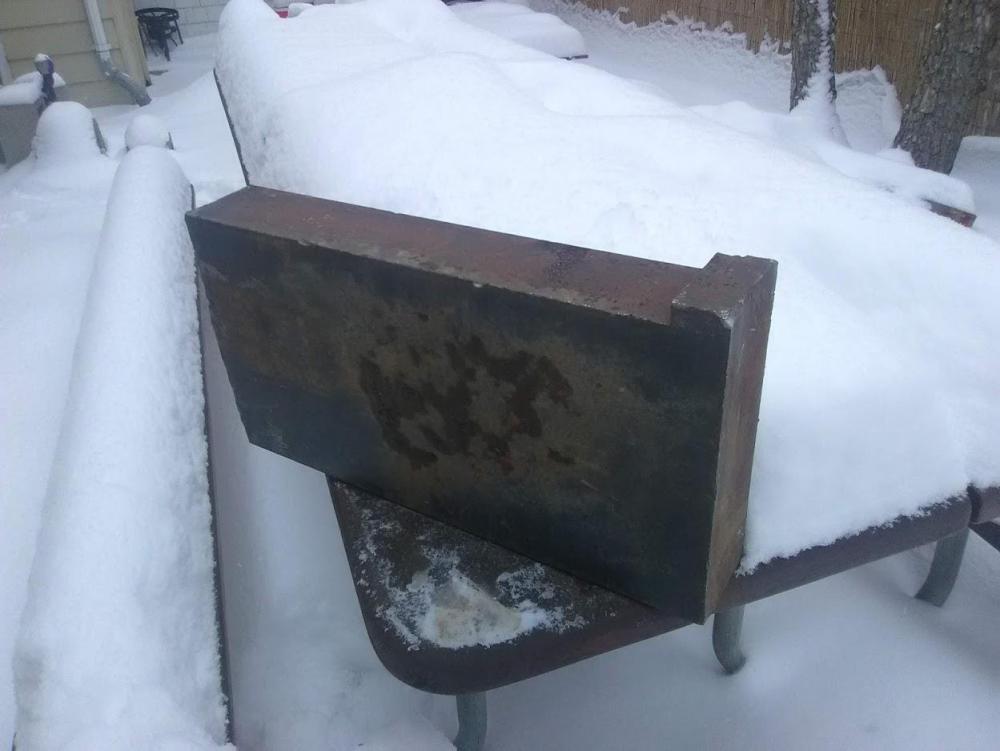
So would it be best to mount him with the 18" end vertical? Or would the way he's mounted now be good enough to justify the increased stability?
-
Hello AngryDaddyBird, I am also from spokompton. Right not i'm at college in Montana, but if I'm back over the summer we should get together and forge a bit
-
Kaladin, you seem to know a bit about Butte. Are you from nearby?
-
Thomas, you mentioned the "sweet spot" is where there is metal all the way down, this leads me to believe that the cross section directly under the work is the most important, and I can only think of one reason. Perhaps with increased depth there is more cross sectional area under the perimeter the piece, which would decrease the shear stress on the anvil steel which would decrease deformation in the anvil, allowing more on the energy from the blow to go into the work-piece (Like even though it's just elastic deformation, I feel like by the time the anvil steel releases that energy the hammer blow is already over, so it's basically useless). Does this sound sorta right, or is there another explanation? I think I'll also ask one of my professors what he thinks next week.
-
Daswulf, a sledge would work much better? I'm unsure of the exact weight but that plate is heavy. Does depth of the steel have a large factor in things?
-
Thanks guys, I'll put my head to the problem and come up with something better. As to the plate anvil, I know it isn't very good (we have a poor quality anvil on campus and even that is way better), but it's what I got so I make do.
-
Here is the drawing I'm going to reference for my question:
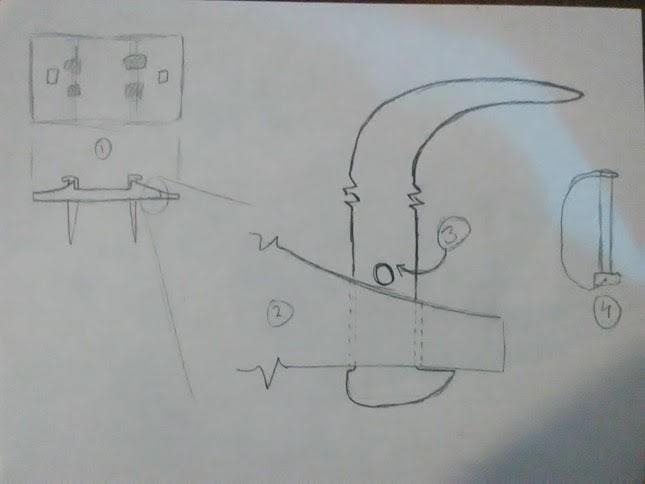
So I want to start making some arrowheads, and I've seen lots of people form the sockets on a hardie tool like in drawing (2). My anvil is a railroad tie plate that I found lying and collecting rust, like in drawing (1). I am thinking of making a hardie tool, made from a rail spike since they're perfectly sized for the hole in the plate. It will slide in from the bottom, and a pin (4) will hold it in place (3). I suspect this will work fine if I only do light work on this tool, what do you guys think?


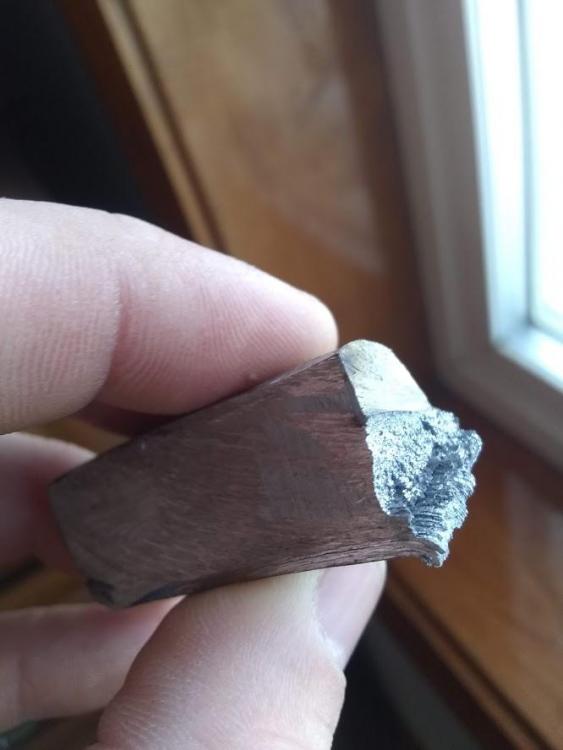
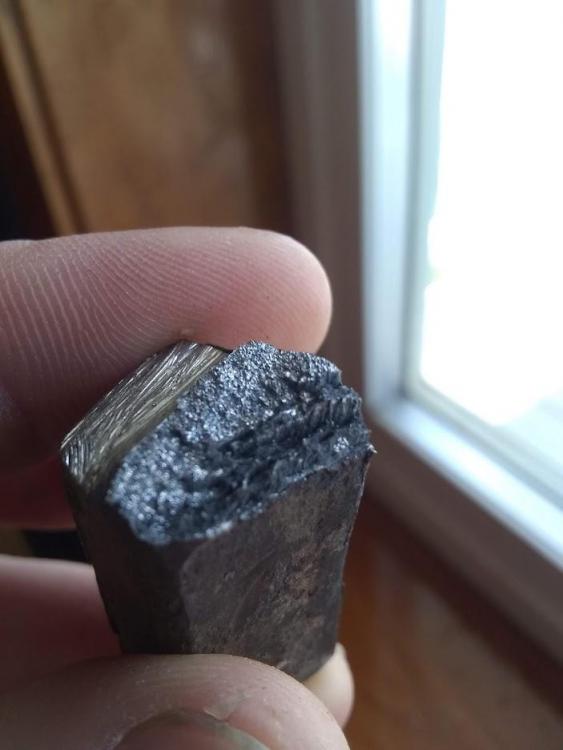
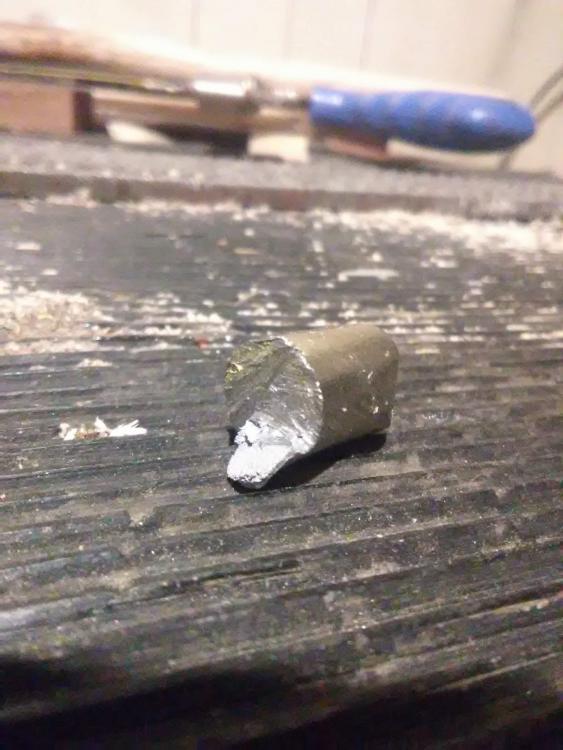
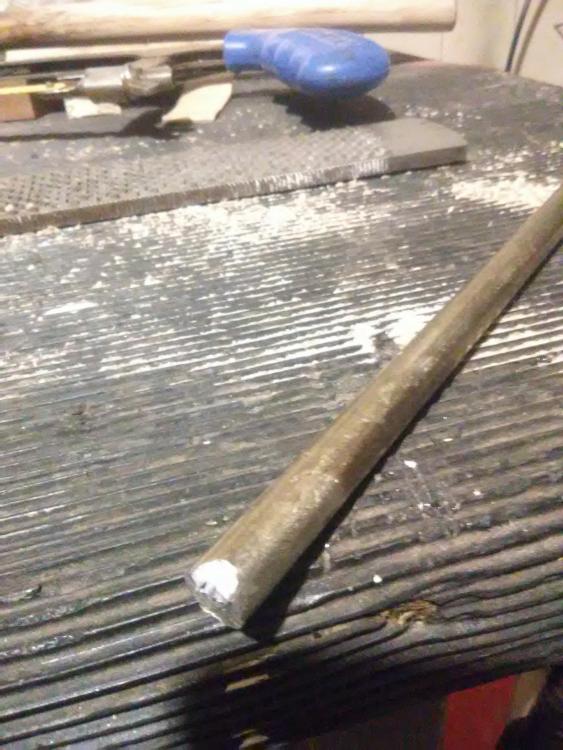
Wrought Iron
in Metallurgy
Posted
Awesome, thanks guys!